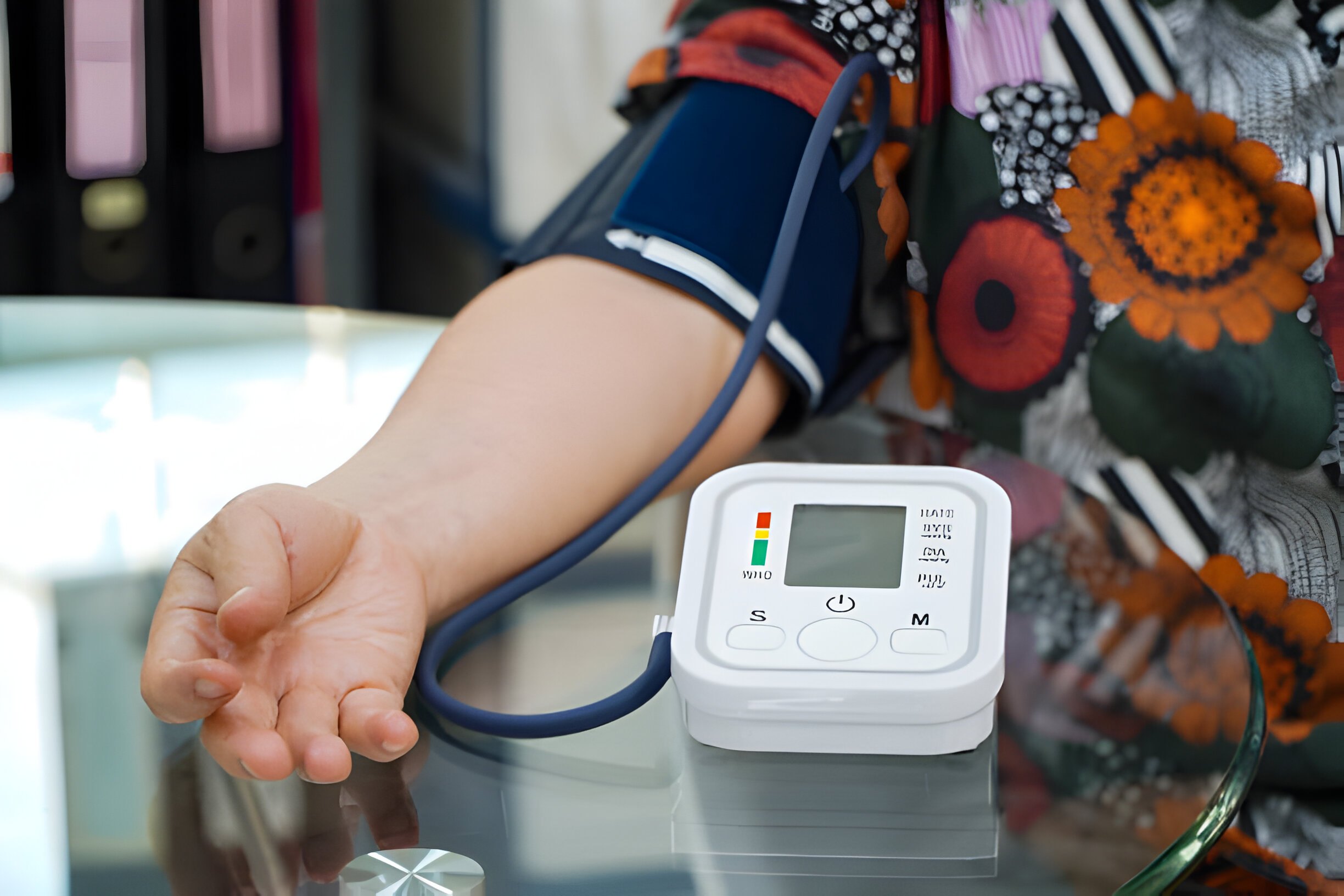
Updated on: June 2, 2024
PEA stands for “Pulseless Electrical Activity.” It is a condition where there is electrical activity in the heart (as seen on an electrocardiogram or ECG) without an accompanying pulse or effective heart contractions.
This condition is a type of cardiac arrest where the heart’s electrical system is functioning, but there is no effective mechanical pumping of blood to the body. Prompt recognition and intervention are crucial in managing PEA to improve the chances of survival.
The PEA needs immediate and accurate identification to achieve the best outcome for an affected patient. In this article, we will discuss what PEA is, how to identify it, and treatment approaches of the same.
Imagine that you’re in the emergency room, and a patient comes in unresponsive with no palpable pulse. As the medical team rushes into action, one crucial tool they turn to is the electrocardiogram (ECG) to identify what’s going on. This is where the concept of identifying pulseless electrical activity (PEA) becomes absolutely vital. Let us read to understand further.
Pulseless electrical activity (PEA) can be identified on an electrocardiogram (ECG) by specific characteristic findings. These may include the presence of organized electrical activity without a corresponding pulse, such as the presence of normal or near-normal QRS complexes without associated mechanical activity of the heart. Additionally, the absence of discernible P waves or irregular electrical patterns in the absence of a palpable pulse can also indicate PEA on an ECG.
Certain rhythm disturbances can be indicative of PEA on an ECG. These may include electrical rhythms such as bradycardia or tachycardia, which, despite their presence, do not result in effective mechanical contractions of the heart. Recognizing these rhythm disturbances, along with the absence of a pulse, is crucial in identifying PEA and differentiating it from other cardiac arrest rhythms.
Identifying PEA on an ECG also involves integrating the ECG findings with the clinical context of the patient. This includes considering the patient’s medical history, the circumstances leading to the cardiac event, and concurrent physical examination findings. By integrating the ECG findings with the broader clinical picture, healthcare professionals can effectively identify PEA and make informed decisions regarding treatment and management strategies.
When faced with pulseless electrical activity (PEA), prompt and effective treatment is essential to improve patient outcomes. This section will focus on the critical treatment approaches for PEA, providing insights into the strategies employed to address this life-threatening condition and emphasizing the importance of a systematic and coordinated response. Here are treatment approaches for pulseless electrical activity:
The initial response to PEA involves the immediate initiation of basic life support (BLS) interventions, including high-quality cardiopulmonary resuscitation (CPR) and the administration of supplemental oxygen. These interventions are vital in maintaining adequate oxygenation and circulation while preparing for advanced interventions.
Following the initiation of BLS, the implementation of advanced cardiac life support (ACLS) protocols is crucial for managing PEA. This includes the timely administration of medications such as epinephrine to support cardiac function, establishing vascular access for medication delivery, and the consideration of advanced airway management to optimize oxygenation.
Effective management of PEA also involves the identification and treatment of underlying causes contributing to cardiac arrest. This may encompass interventions such as addressing reversible causes of PEA, including hypovolemia, electrolyte imbalances, and cardiac tamponade, as well as the consideration of targeted interventions tailored to the individual patient’s clinical presentation.
In the realm of cardiac arrest, distinguishing between pulseless electrical activity (PEA) and asystole is pivotal for guiding appropriate interventions and improving patient outcomes. This section aims to elucidate the critical differences between these two distinct cardiac arrest rhythms, providing valuable insights into their unique characteristics and the implications for clinical management.
Pulseless electrical activity is characterized by the presence of organized electrical activity on an electrocardiogram (ECG) in the absence of a palpable pulse. Despite the presence of electrical activity, effective mechanical contractions of the heart are inadequate, leading to a state of cardiac arrest. Recognizing the specific ECG findings associated with PEA, as well as potential underlying causes, is fundamental in its management.
Asystole represents a state of cardiac arrest characterized by the absence of discernible electrical activity on the ECG. This flatline ECG pattern signifies a complete cessation of electrical and mechanical cardiac activity. Understanding the distinct ECG features and clinical implications of asystole is essential for guiding appropriate interventions and optimizing patient care.
Distinguishing between PEA and asystole requires astute ECG interpretation and a comprehensive understanding of the distinctive characteristics of each rhythm. Healthcare providers must be proficient in differentiating between these two cardiac arrest rhythms to implement targeted treatment strategies and address potential underlying etiologies contributing to the arrest.
The differences between PEA and asystole necessitate tailored management strategies. While both rhythms demand immediate intervention, the specific approaches for addressing PEA, such as advanced cardiac life support (ACLS). protocols and targeted interventions for reversible causes, may differ from those employed in managing asystole. Understanding these distinctions is paramount for optimizing patient care and outcomes.
In conclusion, recognizing the disparities between pulseless electrical activity (PEA) and asystole is pivotal in guiding targeted interventions and optimizing patient care during cardiac arrest. Understanding the unique ECG features, differential diagnosis, and tailored management strategies for PEA and asystole is fundamental for healthcare professionals. By equipping providers with comprehensive insights into these critical cardiac arrest rhythms, this blog aims to enhance their ability to identify and treat pulseless electrical activity with precision and efficacy in emergency settings.